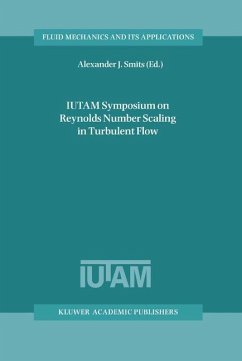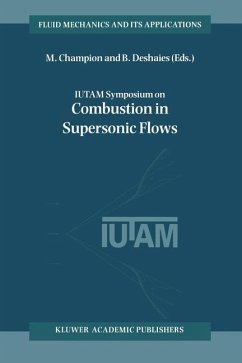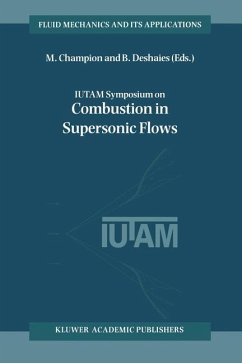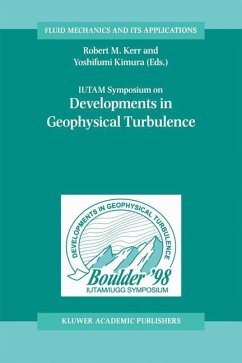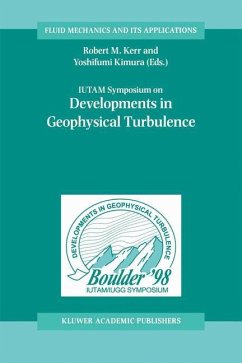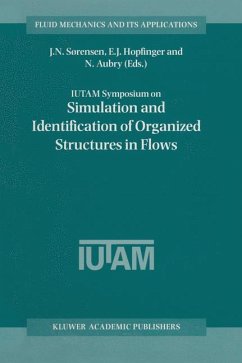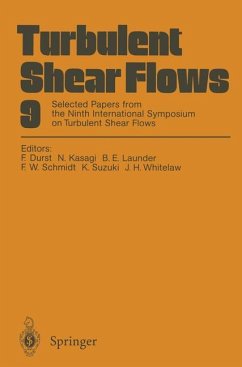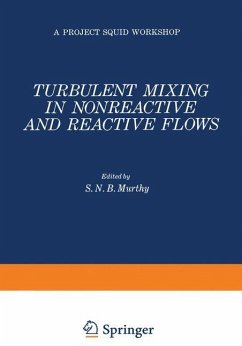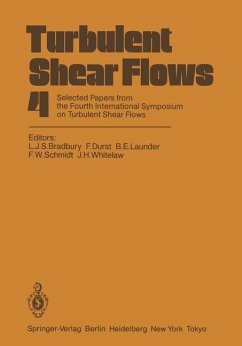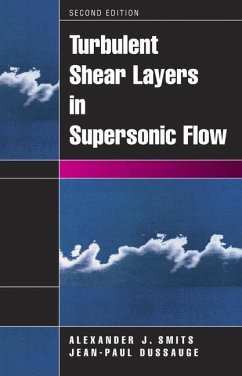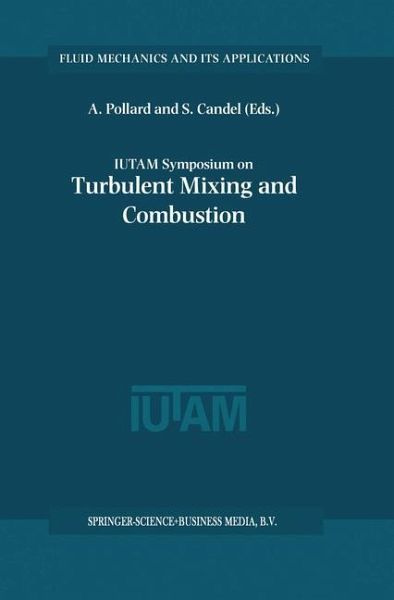
IUTAM Symposium on Turbulent Mixing and Combustion
Proceedings of the IUTAM Symposium held in Kingston, Ontario, Canada, 3-6 June 2001
Herausgegeben: Pollard, Andrew; Candel, Sebastien

PAYBACK Punkte
76 °P sammeln!
The goals of the Symposium were to draw together researchers in turbulence and combustion so as to highlight advances and challenge the boundaries to our understanding of turbulent mixing and combus tion from both experimental and simulation perspectives; to facilitate cross-fertilization between leaders in these two fields. These goals were noted to be important given that turbulence itself is viewed as the last great problem in classical physics and the addition of chemical reaction amplifies the difficulties enormously. The papers that have been included here reflect the richness of our sub...
The goals of the Symposium were to draw together researchers in turbulence and combustion so as to highlight advances and challenge the boundaries to our understanding of turbulent mixing and combus tion from both experimental and simulation perspectives; to facilitate cross-fertilization between leaders in these two fields. These goals were noted to be important given that turbulence itself is viewed as the last great problem in classical physics and the addition of chemical reaction amplifies the difficulties enormously. The papers that have been included here reflect the richness of our subject. Turbulence is rich and complex in its own right. And, its inner structure, hidden in the morass of scales, large and small, can dominate transport. Earlier IUTAM Symposia have considered this field, Eddy Structure Identification in Free Turbulent Flows, Bonnet and Glauser (eds) 1992 and Simulation and Identification of Organized Structures in Flows, Sorensen, Hopfinger and Aubry (eds) 1997. The combustion community is well served by its specialized events, most notable is the bi annual International Combustion Symposium, held under the auspices of the Combustion Institute. Mixing is often considered somewhere in between these two. This broad landscape was addressed in this Sym posium in a somewhat temporal linear fashion of increasing complexity. The lectures considered the many challenges posed by adding one ele ment to the base formed by others: turbulence and turbulent mixing in the absence of combustion through to turbulent mixing dominated by chemistry and combustion.





